The nights are drawing in, there’s a bite in the air and half term is here – what better time to curl up with a good book?
If you’ve chosen to study English Literature at AS and A Level then you’re no doubt already aware that it’s always good to demonstrate to the examiner that you’ve read beyond your set text, making relevant comparisons and drawing on different interpretations. This is something that could also gain you more marks in your A Level exam. We’ve compiled a list of books that will not only change the way you read your set text, but that we also hope you will enjoy reading for pleasure in your spare time!
Ian McEwan’s Atonement and Paula Hawkins’s The Girl on the Train
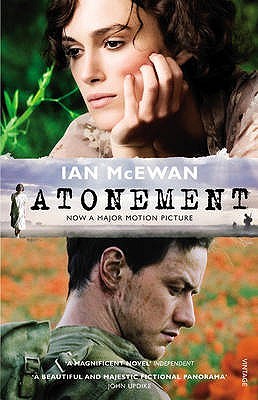
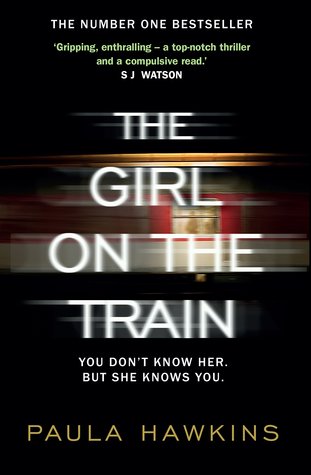
The unreliable narrator can be a powerful tool in literature: it can create intrigue and make us question the credibility of what is revealed to us. Atonement is split into three parts. Part One is written from various points of view, Part Two is told almost entirely by Robbie, and Part Three by Briony. With its multiple narrative layers, we have to be aware that some points of view, like Briony’s for instance, could be biased and unreliable. (Spoiler alert: This is especially true when we learn that the whole book is a final draft of Briony’s own novel.) For us as readers, the unreliable narrator creates tension and doubt, which can be particularly effective in thrillers. In Paula Hawkins’s hugely successful The Girl on the Train, for example, the unreliable narrator generates uncertainty and adds an elusive and hazy quality to the story. Rachel, who experiences blackouts from time to time, is mistrusted by her friends, the police and even herself when she becomes involved in the mysterious disappearance of a woman. A gripping and compelling read, The Girl on the Train will increase your understanding of the unreliable narrator and how it affects you as a reader.
Charles Dickens’s Great Expectations and Tom Wolfe’s The Bonfire of the Vanities
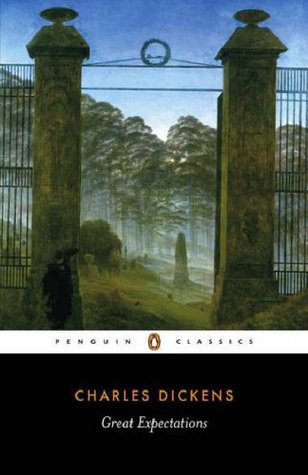
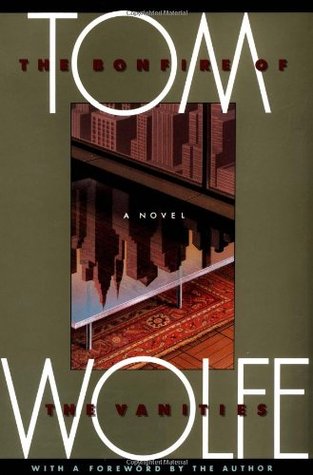
Great Expectations is set in Kent and London during the Victorian period whereas Wolfe’s novel is set in New York in the 1980s – but they’re not as different as they may at first appear. Both explore themes such as ambition, morality, ostentation and the social hierarchy of the time. While Pip is introduced in Great Expectations as a member of the working classes and Sherman in The Bonfire of the Vanities starts off as a successful Wall Street trader, both protagonists seek to advance their social standing and are conscious of the distinction between themselves and the people around them. As such, Tom Wolfe’s novel provides an interesting counterpart to Dickens’s, albeit written over a century later. It’s also a fantastic read that explores racism, greed and politics.
Charlotte Brontë’s Jane Eyre and Daphne Du Maurier’s Rebecca
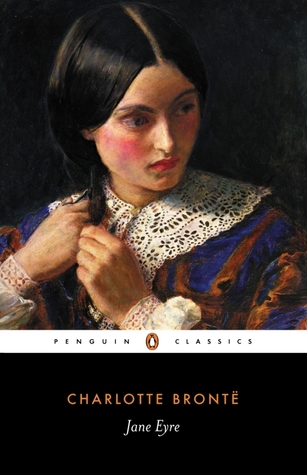

Jane Eyre has been a hugely popular heroine with readers for nearly two centuries. She is such a likeable character with her ability to see the best in people, her naivety, independence and strength of will, that you can’t help but cheer her on as she grows throughout the novel. Charlotte Brontë provides clear indications of what it was like to be a woman in Victorian Britain, not only through Jane’s misfortunes growing up but also through the character of Bertha Mason, whom Mr Rochester is tricked into marrying for her large fortune. The idea of the ‘madwoman in the attic’ resonates clearly with the Gothic genre, as does haunting memory of the dead wife Rebecca in Du Maurier’s novel. The magnificent ancestral Manderley, home to a dashing yet complex hero with a secret, can be compared with Brontë’s Thornfield Hall and Maxim de Winter to Rochester himself. These are just a few of the similarities the novels share; both also detail the rise of two women of low social status who fall in love with men of higher social standing. If you’re a fan of Jane Eyre then Rebecca is definitely one for you to try.
Thomas Hardy’s Tess of the D’Urbervilles and Nathaniel Hawthorne’s The Scarlet Letter


Neither Tess of the D’Urbervilles nor The Scarlet Letter holds the promise of a happy ending. The heroines of both works face misfortune and discrimination throughout their lives, although one novel is set in rural Dorset in the 19th century, whereas the other takes place in Puritan Boston in the 17th century. Both Tess and Hester suffer at the hands of society after having a baby outside marriage with men of higher social status than that of their own. Exploring themes of oppression, redemption and the fall of women, it is clear that even though Hawthorne’s novel was set over a century before Hardy’s, the role of women in various parts of the world remained fraught with difficulty. Hardy’s pastoral setting plays a huge part in his novel, with his description of rural England as well as the role of Paganism, while the wilderness beyond the town takes on symbolic significance in Hawthorne’s novel as the location where Hester’s forbidden meeting with Arthur Dimmesdale takes place. So why not pick up The Scarlet Letter if you’re interested in exploring the role of women in society in a very different time and place.
*
Have you read any of these books? Do you have any recommendations for further reading? Let us know!